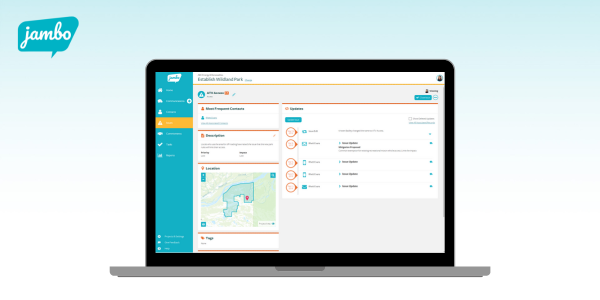
Establishing and maintaining stakeholder trust is paramount to successful stakeholder engagement. Staying on top of commitments by tracking them and working to fulfill them is crucial to building stakeholder trust.
When stakeholders see that you follow through on your promises, they are more likely to trust your organization. Fulfilling commitments also helps maintain the credibility and reliability of your organization.
This blog will explore the significance of stakeholder commitment management and critical things to consider:
Transparent communication:
Foster an open and transparent communication channel with stakeholders. Communicate project goals, timelines, and potential challenges. Transparency is the foundation of trust.
Understanding stakeholder commitments:
Start by clearly defining what constitutes a stakeholder commitment. These can be promises, agreements, or expectations stakeholders make throughout the project lifecycle. Ensure everyone on the team knows what they can commit to.
Documenting commitments:
Maintain a comprehensive record of all stakeholder commitments. Use a centralized system or project management tools to keep track of anything verbally or formally promised (like agreements), ensuring nothing falls through the cracks.
Jambo is software made for stakeholder engagement and consultation and has a commitments management module.
 Clear roles and responsibilities:
Clear roles and responsibilities:
Clearly define roles and responsibilities for both your team and stakeholders. Assign tasks, know who is responsible for progress, and keep your tracking system updated.
When everyone knows their part in fulfilling commitments, the likelihood of success increases.
Prioritize and align:
Prioritize commitments based on their impact and urgency. Align stakeholder commitments with project objectives to ensure everyone works towards a common goal.
Regular updates:
Provide regular updates to stakeholders on the progress of commitments. Whether it's a small milestone achieved or a potential delay, keeping stakeholders in the loop builds confidence and demonstrates accountability.
For tips on emailing stakeholders, visit our blog.
Addressing challenges proactively:
Anticipate challenges and address them proactively. If obstacles hinder the fulfillment of commitments, communicate these issues early and work collaboratively to find solutions.
Celebrate successes:
Acknowledge and celebrate the successful fulfillment of commitments. This fosters a positive atmosphere and reinforces a culture of accountability and trust.
Feedback mechanism:
Establish a feedback mechanism where stakeholders can share their thoughts on the commitment process. This helps in continuous improvement and shows stakeholders that their input is valued.
Learn from failures:
Conduct a thorough analysis to understand the root cause of unmet commitments. Use this information to learn and implement improvements for future engagements.
Tracking and addressing stakeholder commitments is pivotal to building trust during stakeholder engagement.
You set the stage for a collaborative and trustworthy relationship with your stakeholders by fostering transparent communication, documenting responsibilities, and proactively addressing challenges.
Addressing commitments and actively working to fulfill them is essential for maintaining positive relationships with stakeholders, building trust, and ensuring an organization's long-term success and sustainability.
Implement these easy-to-follow tips to enhance stakeholder engagement strategies and pave the way for project success.







